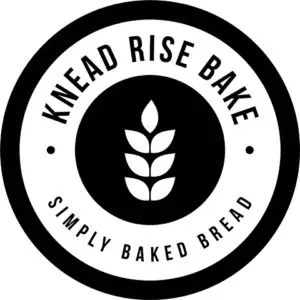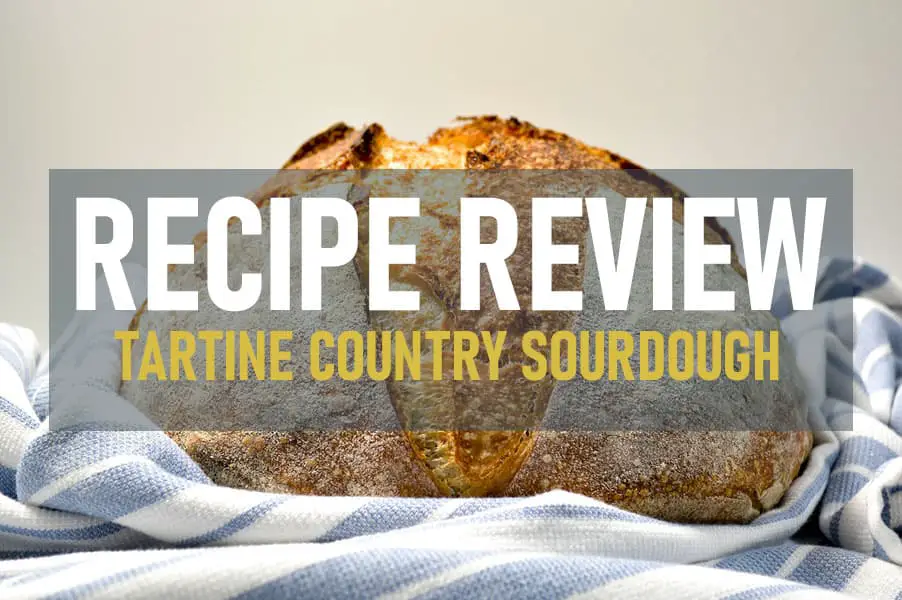Description
Tartine’s “Country Sourdough” is surely one of the most widely-known and beloved sourdough recipes of our day. In fact, it is so enshrined in sourdough cannon that I hesitate to review it. Who am I to bring my opinion to the Country Sourdough?? However, my hope is that by sharing my experience, it will help others who are interested in trying the recipe.
On face value, there’s nothing drastically different about this recipe than other sourdough recipes. It uses mostly white flour, with a small amount of whole wheat for color and flavor, has a relatively high hydration (75%), and follows the usual sourdough protocol – levain, autolyse, bulk ferment/folds, bench rest, shape, proof, bake.
Process
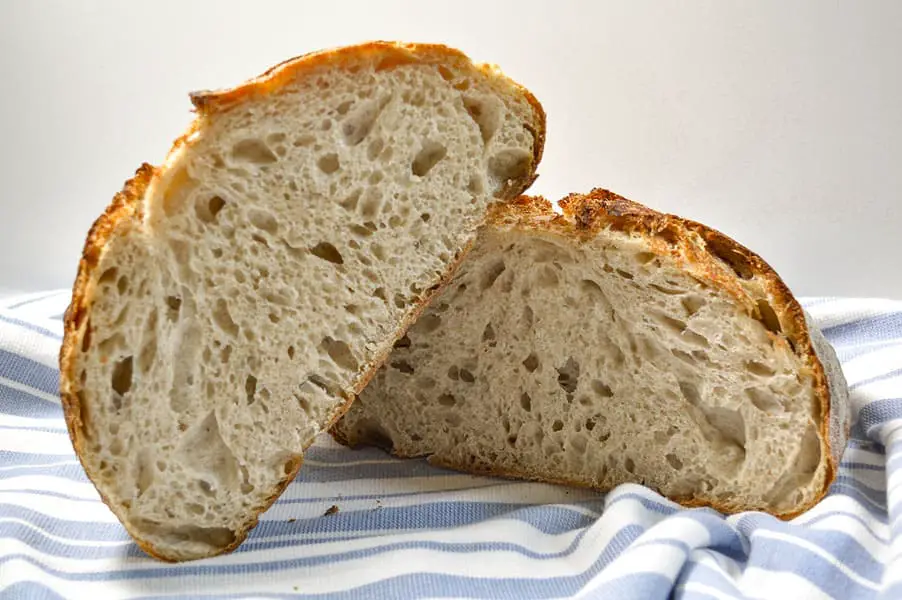
My personal experience when following this recipe is that while there are some extremely useful details (such as how to fold the dough, what the levain should smell like at various stages, etc), it is surprisingly vague in other areas.
For example, it’s difficult to know whether you are intended to use white bread flour or regular all-purpose. It’s also not always clear at various stages whether the dough should be covered or uncovered.
But perhaps the biggest question mark is the issue of folds. Unfortunately, it is just not very clear based on the recipe, as written in our edition of the Tartine cookbook, exactly how many folds the dough should receive during the bulk ferment. Looking the recipe up on various sources online only adds to the confusion, as there are different instructions on various sources. As a result we just had to guess what the directions meant. We continued folding every 30 minutes, up until about the last hour of the bulk ferment.
Our other issue with this recipe was a continual problem of the dough over-proofing.
Our summers are VERY hot, and even with air conditioning running our kitchen likes to stay slightly above 80 degrees. We know this is slightly unfair as most sourdough recipes do not turn out well at those temps, but we feel beginner to intermediate bakers might not realize just how important the temperature really is for this recipe.
So just note, that if your kitchen runs pretty warm, you’ll also need to lower the amount of time in which you proof at your room temp. Also, just be prepared to take your best guess at the exact folding timeline.
Results
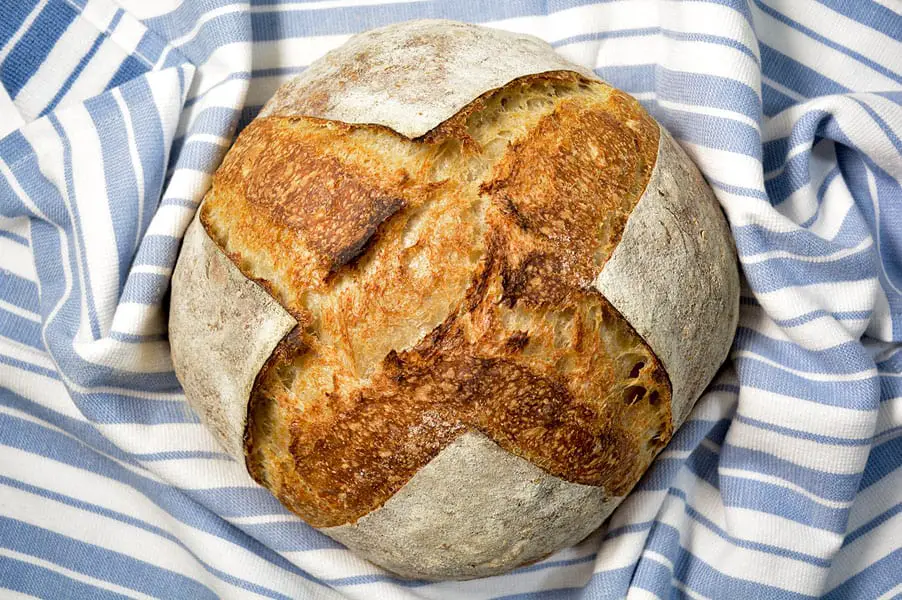
For a recipe that had me scratching my head several times, what was the final result?
The most delicious loaf of sourdough we’ve ever made.
I’m not joking. The crumb was amazing, the flavor was amazing, and the crust was perfect – crisp, but not tough our chewy.
When we were brand new to sourdough, we tried this recipe several times with less than ideal results. So it was interesting to revisit the recipe with a lot more experience and have such great results.
What is the reason for the improved results?
We now know what dough should look and feel like as it is finishing its bulk and proof. We are absolutely certain that half of our problems when we first tried this recipe out, came down to over-proofing. In fact, this time around we cut the counter proofing time by a fourth rushing our dough to the fridge. The dough would have absolutely over-proofed had we not done that.
The other half came down to our abilities for shaping wet dough. Even though 75 percent hydration is far from the highest levels sourdough can go (it’s on the lower end of high hydration actually) we just didn’t know how to work with it.
Now that we make our own recipe at 78 percent hydration regularly, 75 was a breeze to shape and get quality tension.
We think it is worth looking into shaping wet dough and recognizing dough that is in danger of over-proofing before taking on this recipe.
Summarizing Thoughts
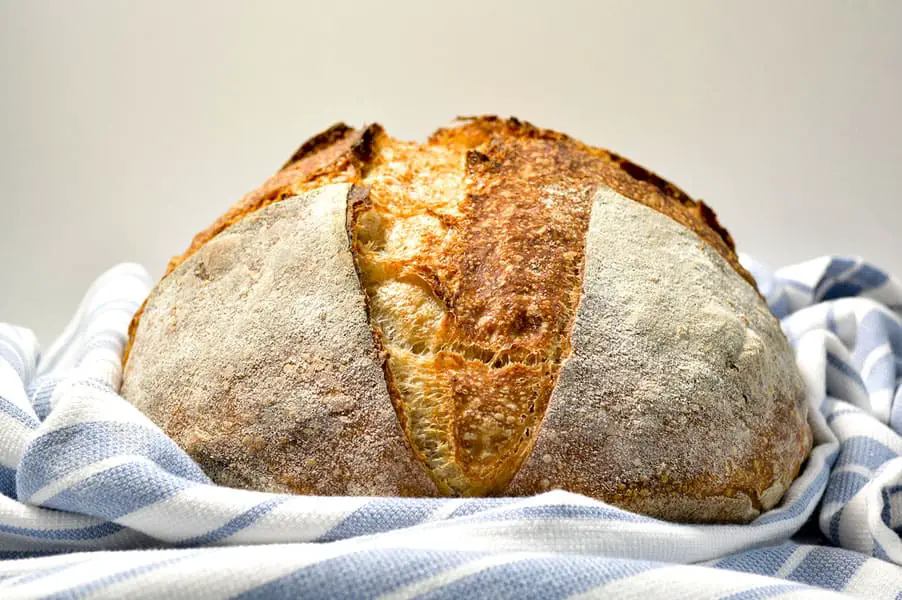
While this recipe is not one I’d recommend to beginners, it’s enshrined in sourdough cannon for good reason.
The crust is incredible, and the sour flavor is fairly mild (though present) to please the largest audience you might entertain. The crumb is open, but able to hold up to butter and jelly (the way we like it). And most importantly, it isn’t overly complicated to make.
It is hands down worthy of giving a try, but do expect a learning curve if you’re a new baker.
You can see the recipe here: https://cooking.nytimes.com/recipes/1016277-tartines-country-bread.
Or purchase the book for this and more recipes over on Amazon.
*Our aim in creating these reviews is to encourage the beginner to intermediate baker. We have no intention of disparaging any of the recipe creators we feature in our reviews. On the contrary, we have only chosen recipes from bakers that we have a very high level of respect for. Our true hope is to help more people access more recipes by giving insights into our experience with each recipe.
